Greenwich Royal Observatory has announced the results of the Astronomy Photographer of the Year contest. It is the largest and most prestigious among astrophotographers in the world. This year over 3,000 works from 58 countries were submitted to the contest.
This year’s contest included eight main categories: “Our Sun”, “Our Moon”, “Galaxies”, “Auroras”, “Planets, comets and asteroids”, “People and space”, “Stars and nebulae”, and “Skyscapes”. The judges also presented several special awards recognizing newcomers in astrophotography and Image Innovation.
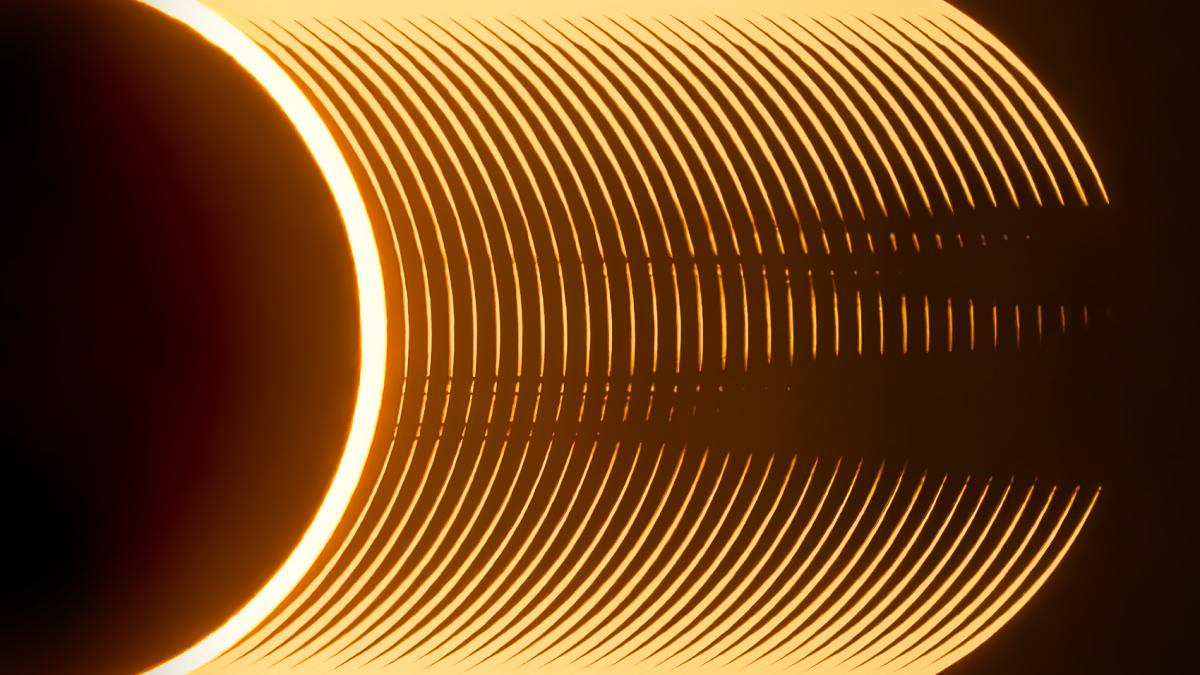
The overall winner was Ryan Imperio, who exhibited his work in the “Our Sun” category. He captured Baily’s beads during the 2023 annular solar eclipse. This is the name given to a sequence of bright spots along the lunar limb, occurring when the solar disk is almost completely hidden by the lunar disk, but still peeks out between the lunar mountains or depressions in the centers of the lunar craters that happen to be on the edge of the lunar disk at that moment. To get the image, Imperio combined 30 separate shots of the eclipse.
The winner of the Skyscapes category was Tom Rae. He photographed the Gama Nebula and other regions of active star formation scattered across a band of the Milky Way. The image was taken in New Zealand.
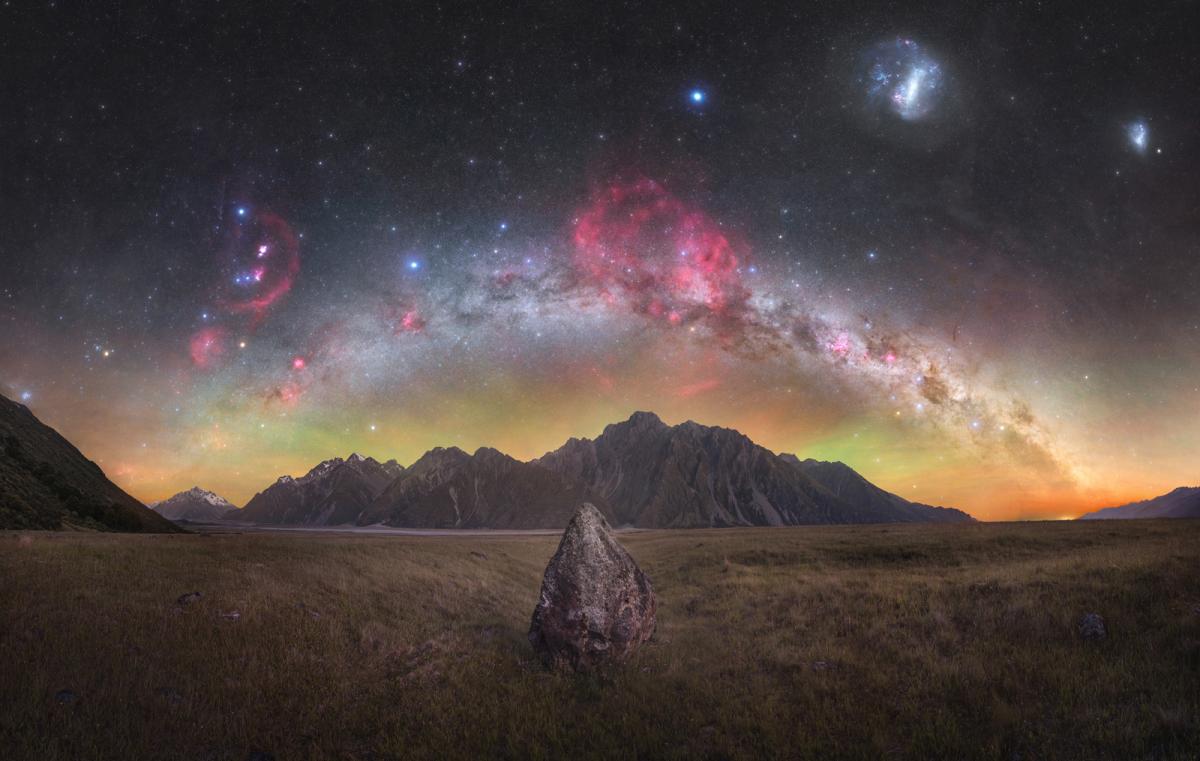
The Galaxies category was won by the work of photographers Bence Tóth and Péter Feltóti. They created a very spectacular portrait of the Centauri A galaxy.
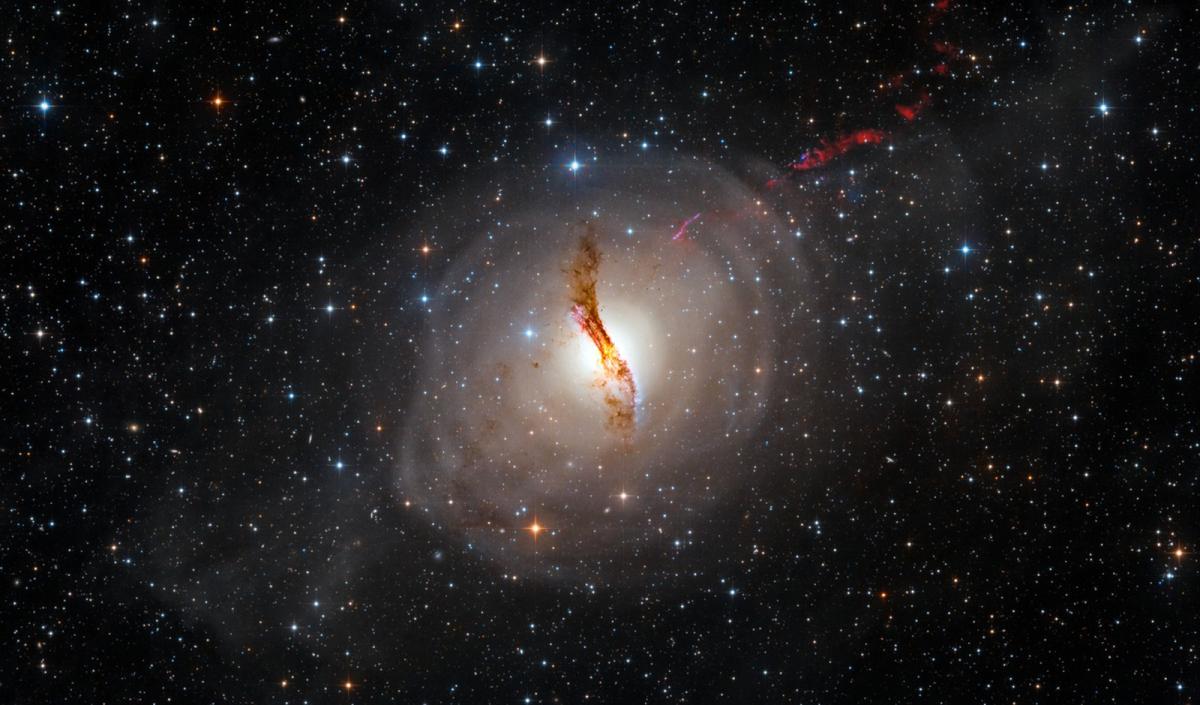
Gábor Balázs won the Our Moon category. He photographed Bay of Rainbows, a large impact crater in the northwestern part of the lunar Mare Imbrium, filled with solidified basaltic lava.
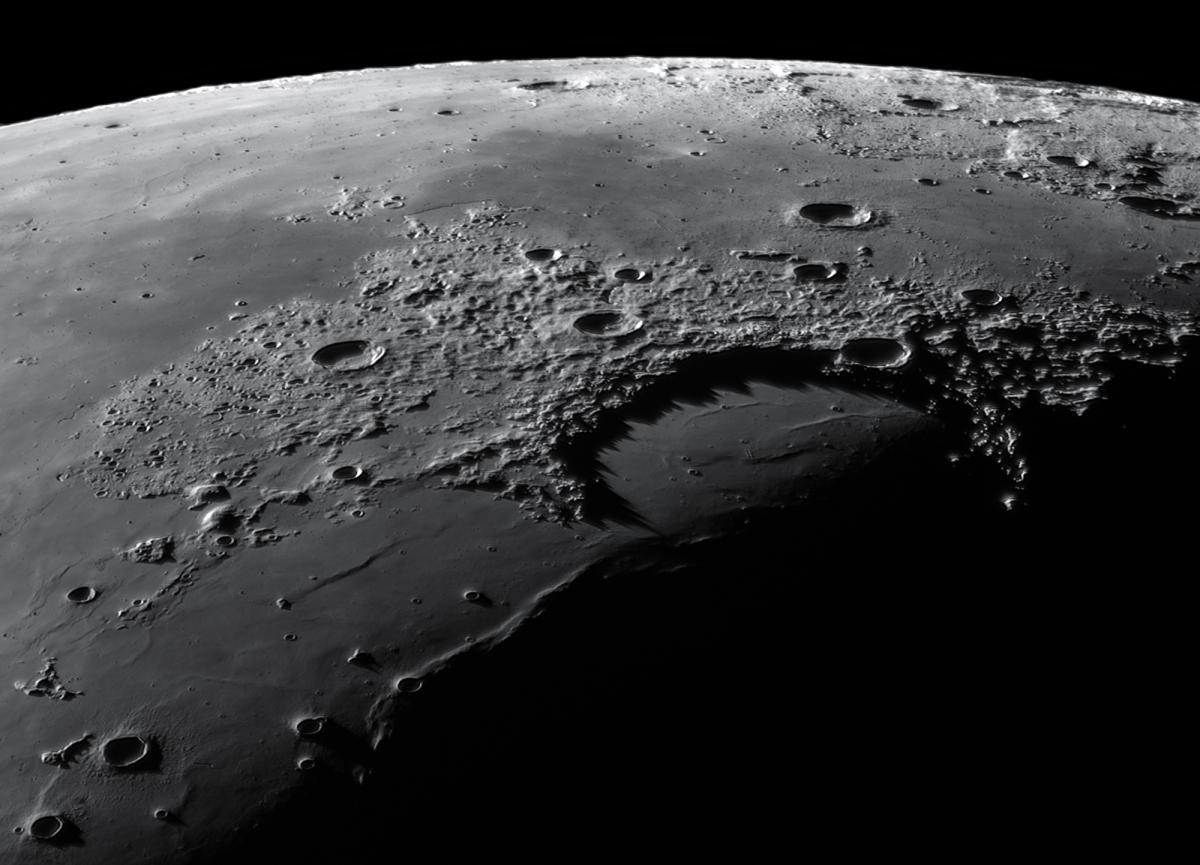
The Aurorae category was won by Larryn Rae. The photo shows the aurora over New Zealand.
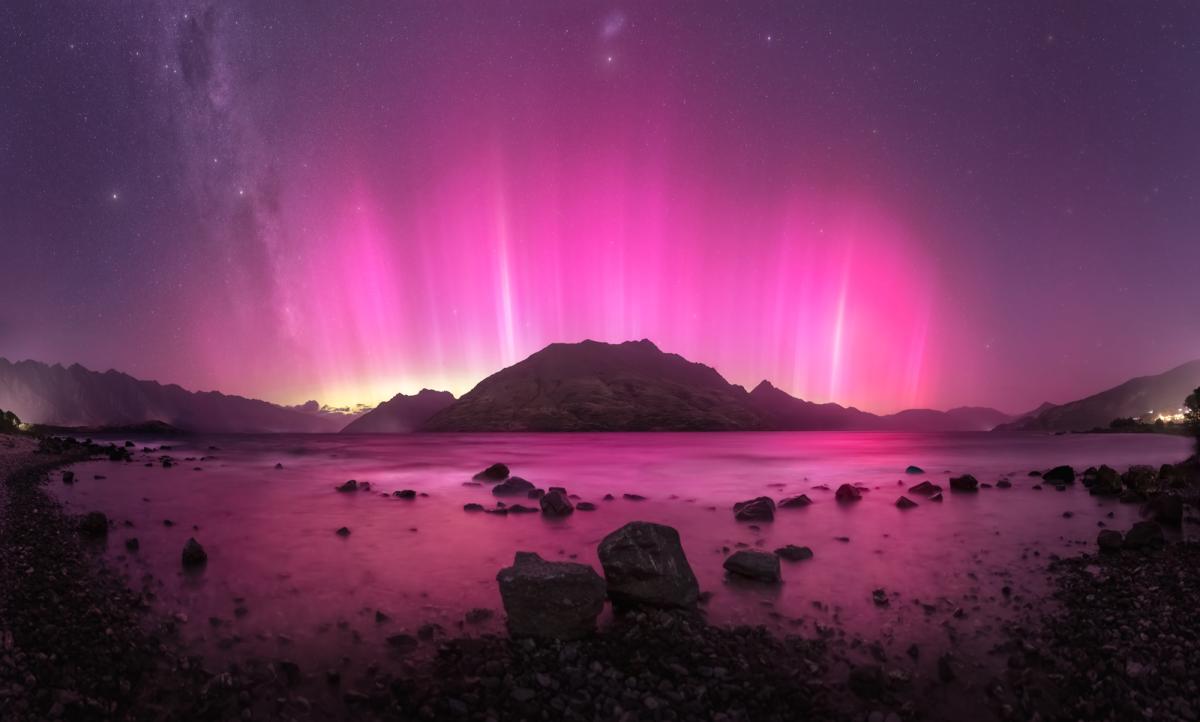
Astrophotographer Tom Williams won in two categories at once — “Planets, Comets and Asteroids” and “People and Space”. The first image shows the phases of Venus and details of its cloud cover.
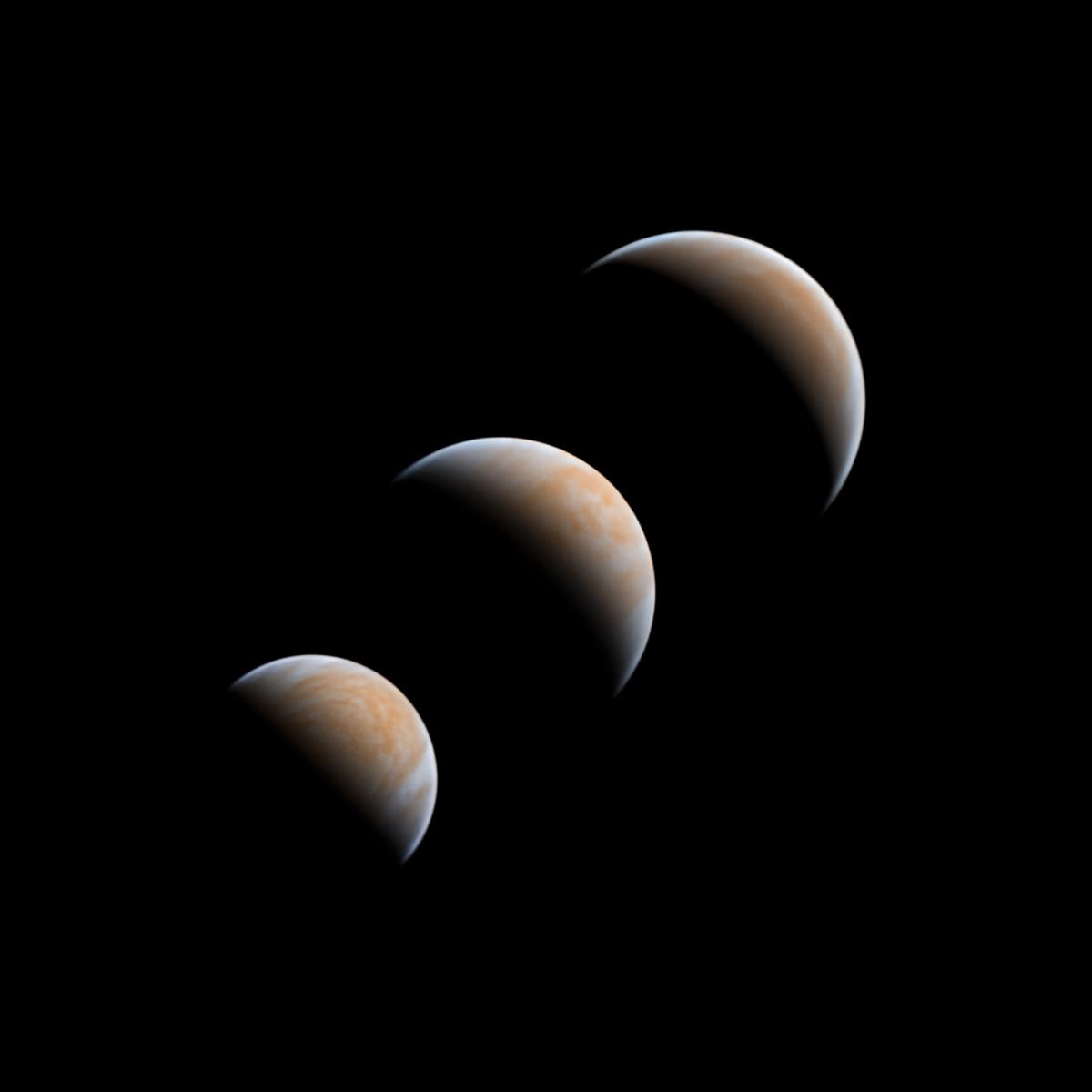
In the second winning photo of Williams, you can see the ISS flyby against the Sun.
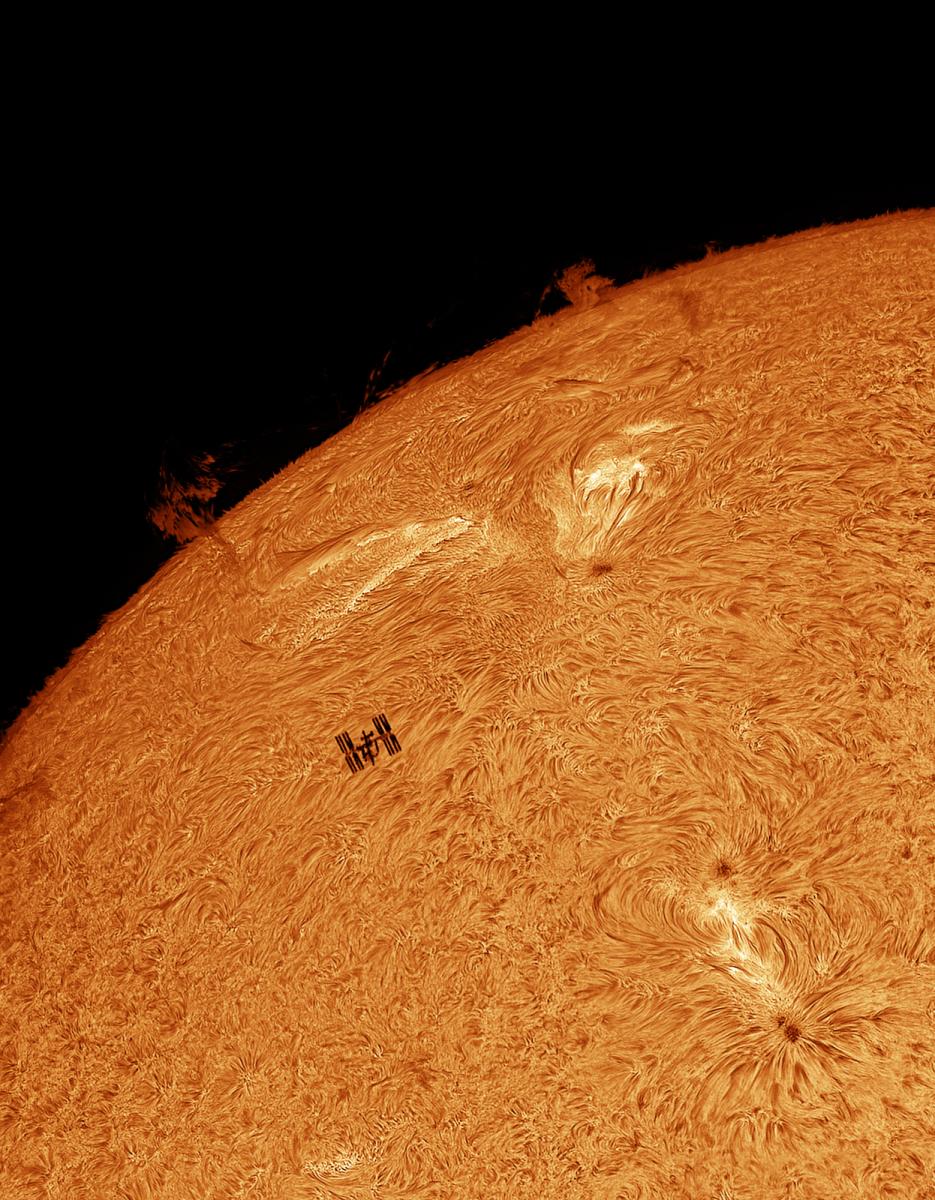
The Stars and Nebulae category was won by the work of Marcel Drechsler, Bray Falls, Yann Sainty, Nicolas Martino and Richard Galli. They captured the fine structures of the Nereides, located in a supernova remnant in the constellation Cassiopeia.
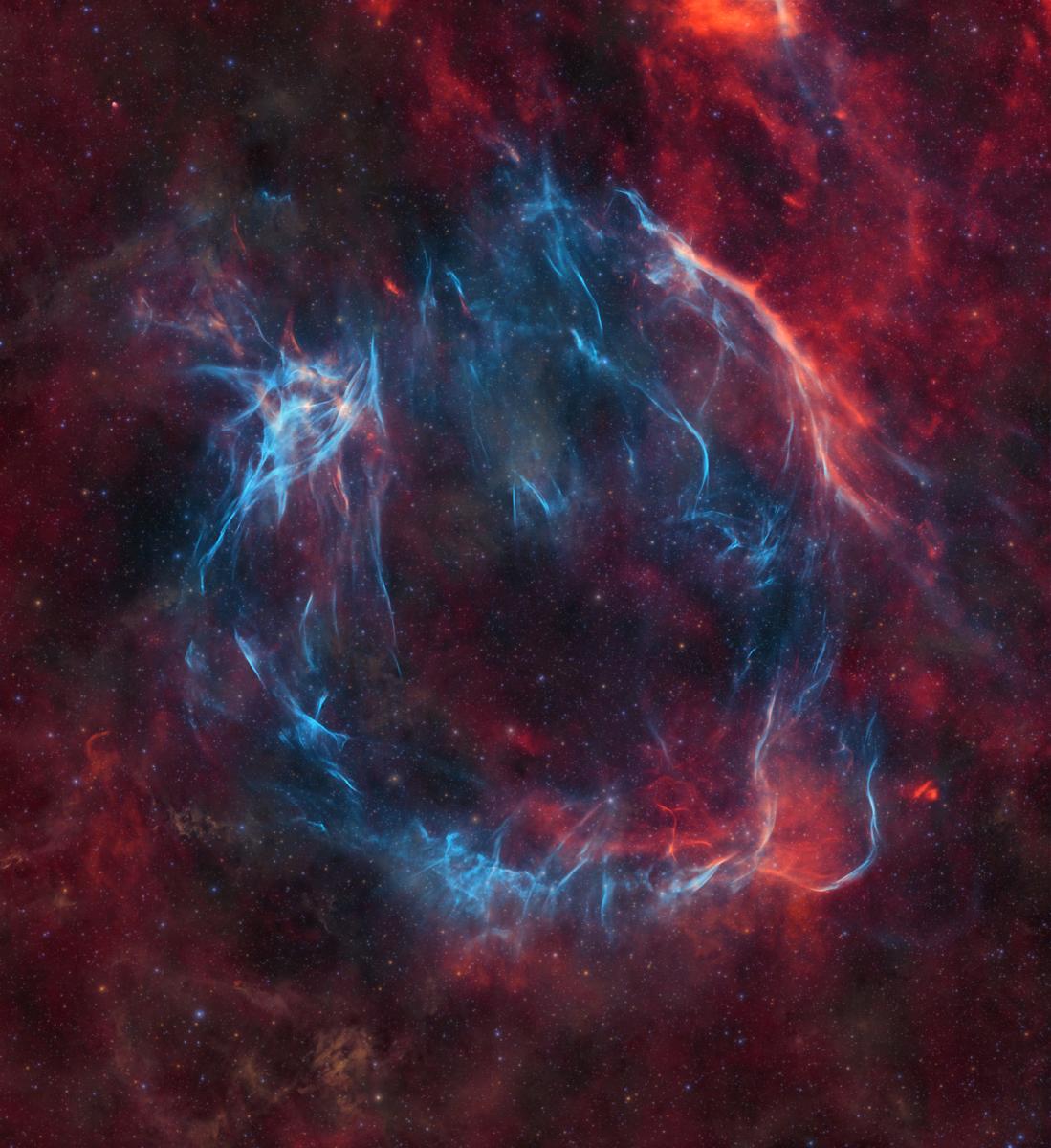
Image that won the Stars and Nebulae category of the Astronomy Photographer of the Year contest. Source: Marcel Drechsler, Bray Falls, Yann Sainty, Nicolas Martino and Richard Galli
The Sir Patrick Moore Prize for best newcomer was awarded to Xin Feng and Miao Gong. They made a portrait of the Dolphin Head Nebula.
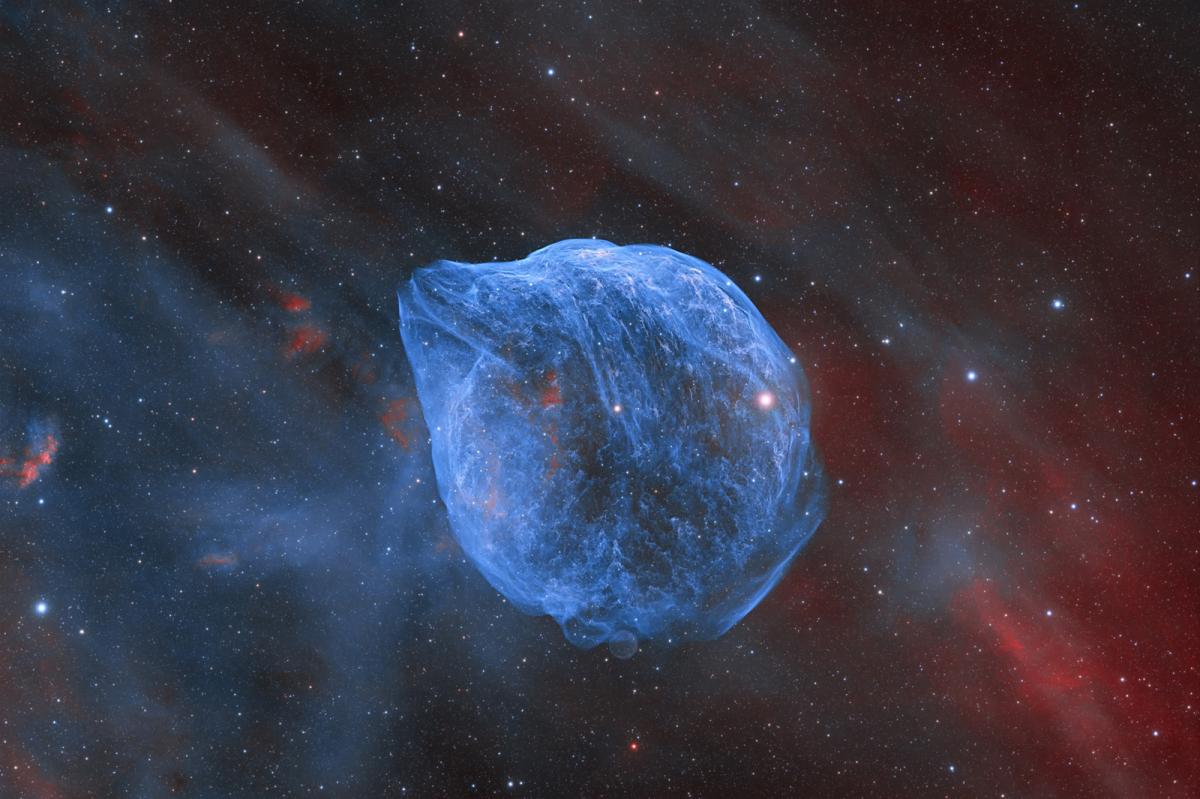
The Annie Maunder Prize for Image Innovation went to Sergio Diaz Ruiz. He processed images taken by the GOES-16 weather satellite to demonstrate the damage caused to our world by human activity.
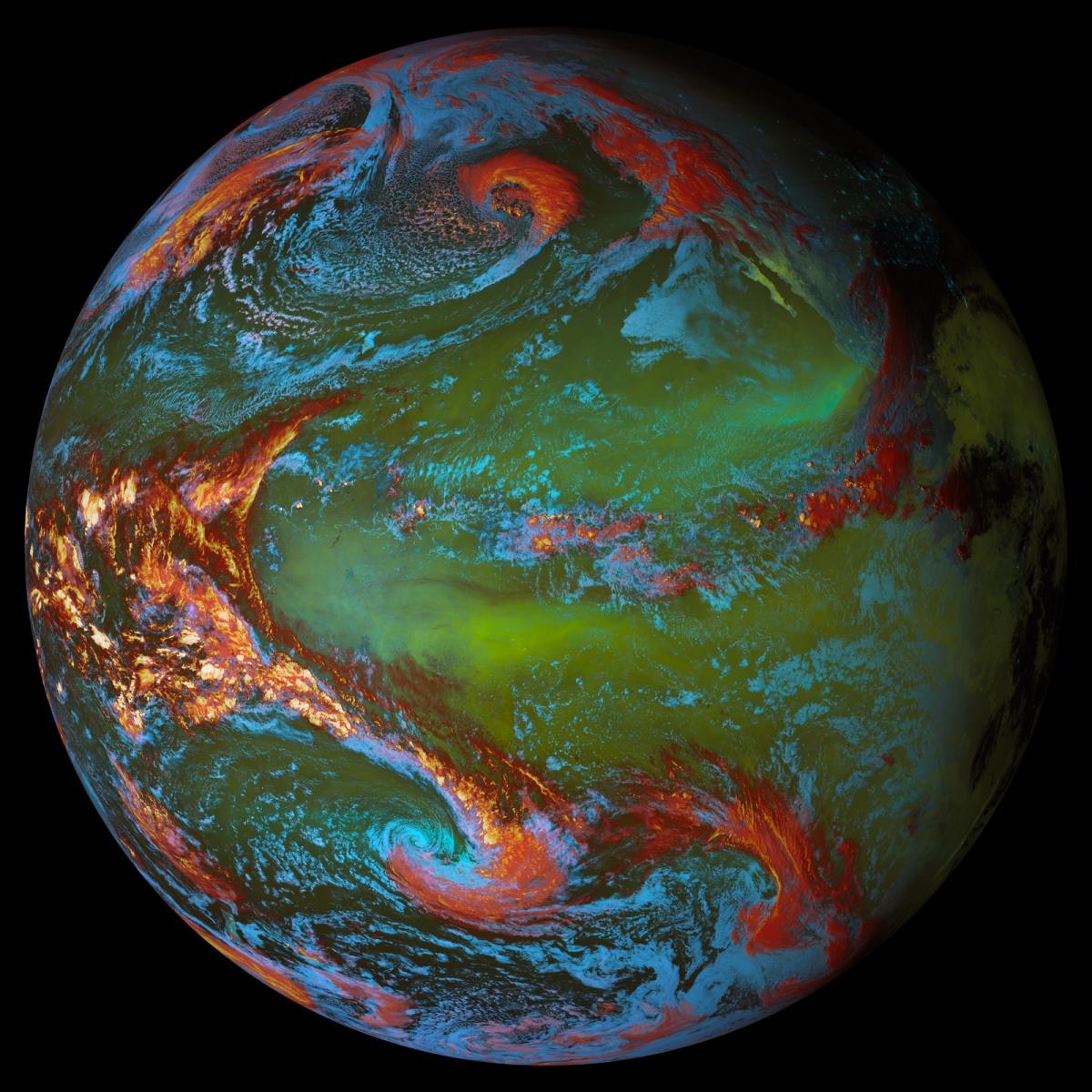
The win in the Young Competition went to Daniele Borsari. The image captures the NGC 1499 nebula, also known as the California Nebula.
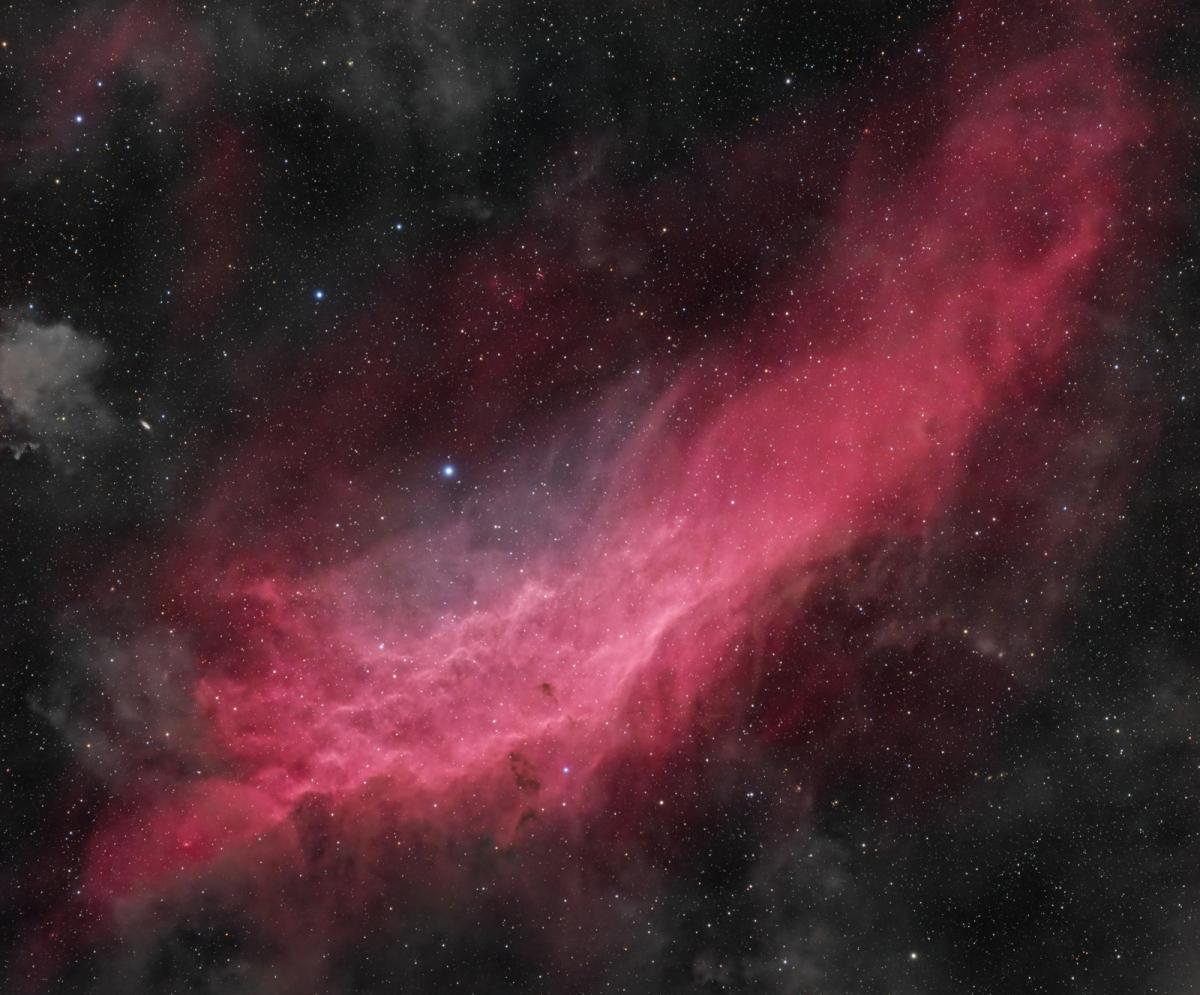
All winning photographs are on display at the National Maritime Museum in Greenwich.


